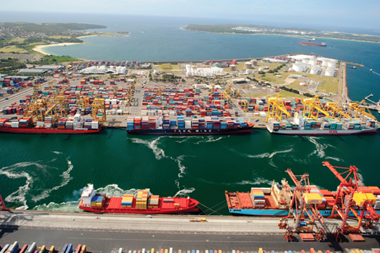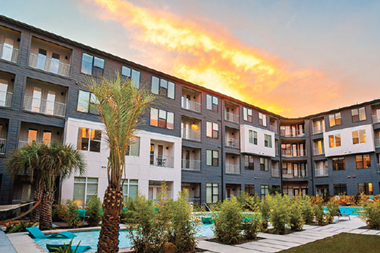Australia’s Fund Future and QIC will inject AUD800m (€547.6m) into a renewable energy fund set up by AGL Energy.
The Powering Australian Renewables Fund (PARF) will own green power-generating plants valued at between AUD2bn and AUD3bn and capable of producing 1,000 megawatts of clean energy.
QIC chief executive Damien Frawley said the partnership was a first in Australia between institutional capital and a key energy industry participant such as AGL.
He said the vehicle was the most significant step to date towards meeting the Australian government’s renewable energy target and should contribute up to 10% towards the overall target.
Ross Israel, QIC’s global head of infrastructure, told IPE Real Estate: “Over the last five or six years, we have been trying to find the right entry point into the renewable space.
“We expect renewables, in combination with energy storage and smart-grid technologies, to disrupt the existing electricity value chain in the next 10-15 years.”
QIC’s search for investment opportunities has faced challenges, and Israel said one problem had been that most renewable energy projects involved greenfield risk.
Until recently, the Australian government lacked a uniform policy on carbon pricing, or renewable and emission targets.
It now has a target that, by 2020, 20% of energy used in Australia will come from renewable sources, such as wind and solar.
“This vehicle,” Israel said, “will deliver 1,000MW of that additional 5,000MW. It will produce 20% of the next step up in production to meet the government’s target.”
Another hurdle for QIC had been difficulty in finding strategic players in the industry with the capacity to develop, build and sell large quantities of renewable generation, he said.
AGL, which will contribute AUD200m to the new fund, is Australia’s largest privately owned operator and developer of renewable energy projects, generating 1920MW of renewable energy.
It will seed two of its solar plants in NSW into the fund, which has also identified two wind farm projects in Queensland and NSW for acquisition.
“When all the projects are in production,” Israel said, “we will be three-quarters of the way to producing 1,000MW of renewable energy.”
Israel also believes QIC’s client base has more appetite for investment opportunities in this sector.
“This is not the last deal of its kind with regard to furthering a constructive transition to a low carbon-economy in Australia,” he said.
“We are looking in the UK and the US for more renewable energy investments to diversify our exposure by geographies. We have real prospects of two acquisitions in the US.”










